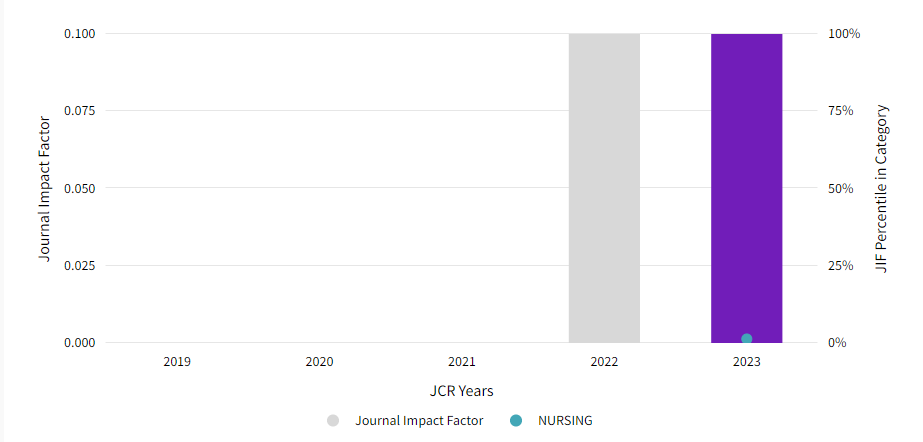Stress in nursing professors of a public university
DOI:
https://doi.org/10.9789/2175-5361.2009.v1i2.%25pKeywords:
Enfermagem, estresse, trabalho, saúde do trabalhador.Abstract
Objectives: Evaluate the level of stress in nursing professors of a public university and analyzing the possible factors associated to stress in nursing professors. Method: Descriptive study with quali-quantitative approach. The scenery was a nursing school of a public university where 22 professors were interviewed. For data collection, an instrument with open and closed questions was applied. Results: The study pointed out that 8 (36%) professors consider their level of stress as elevated. However, after the test application, the moderate level was more often gotten (36%). The stress generating situations, in professors opinions are about the categories work/qualification in first place (60%), followed by personal/social (26%). Conclusion: Stresses the importance of identifying the cause of stress,in order to seek alternative strategy to cope with the stimulus and reach a satisfactory resolution.Descriptors: Nursing, Stress, Work, Occupational health.Downloads
Downloads
Published
How to Cite
Issue
Section
License
TRANSFER AGREEMENT COPYRIGHT I transfer copyright of the article to the Journal of Care Survey is Fundamental - Online - RPCF, so it is accepted due to electronic publishing. The copyright includes the right to reproduce in whole or in part by any means, distributing that article, including figures, photographs, and any translations. The author can also print and distribute copies of your article, stating that since the rights belong to RPCF. I declare that this manuscript is original and has not been submitted for publication, in whole or in part to other online journals or not, so BMMC in the Annals of scientific events or book chapters.



























